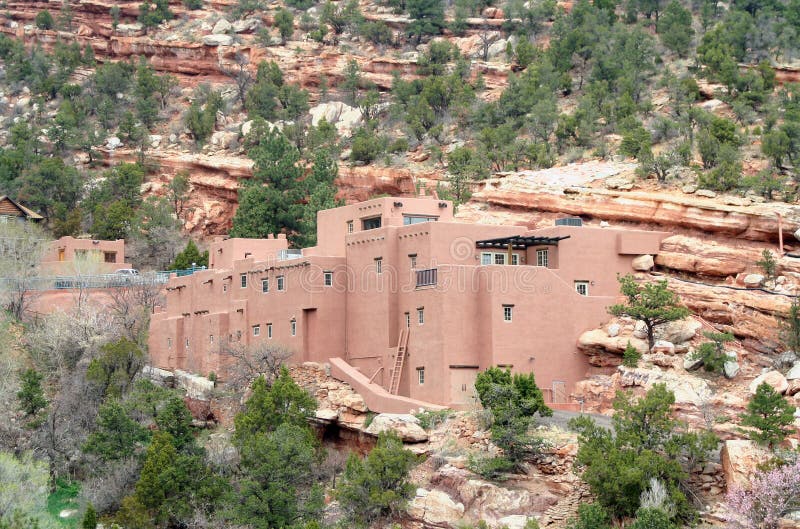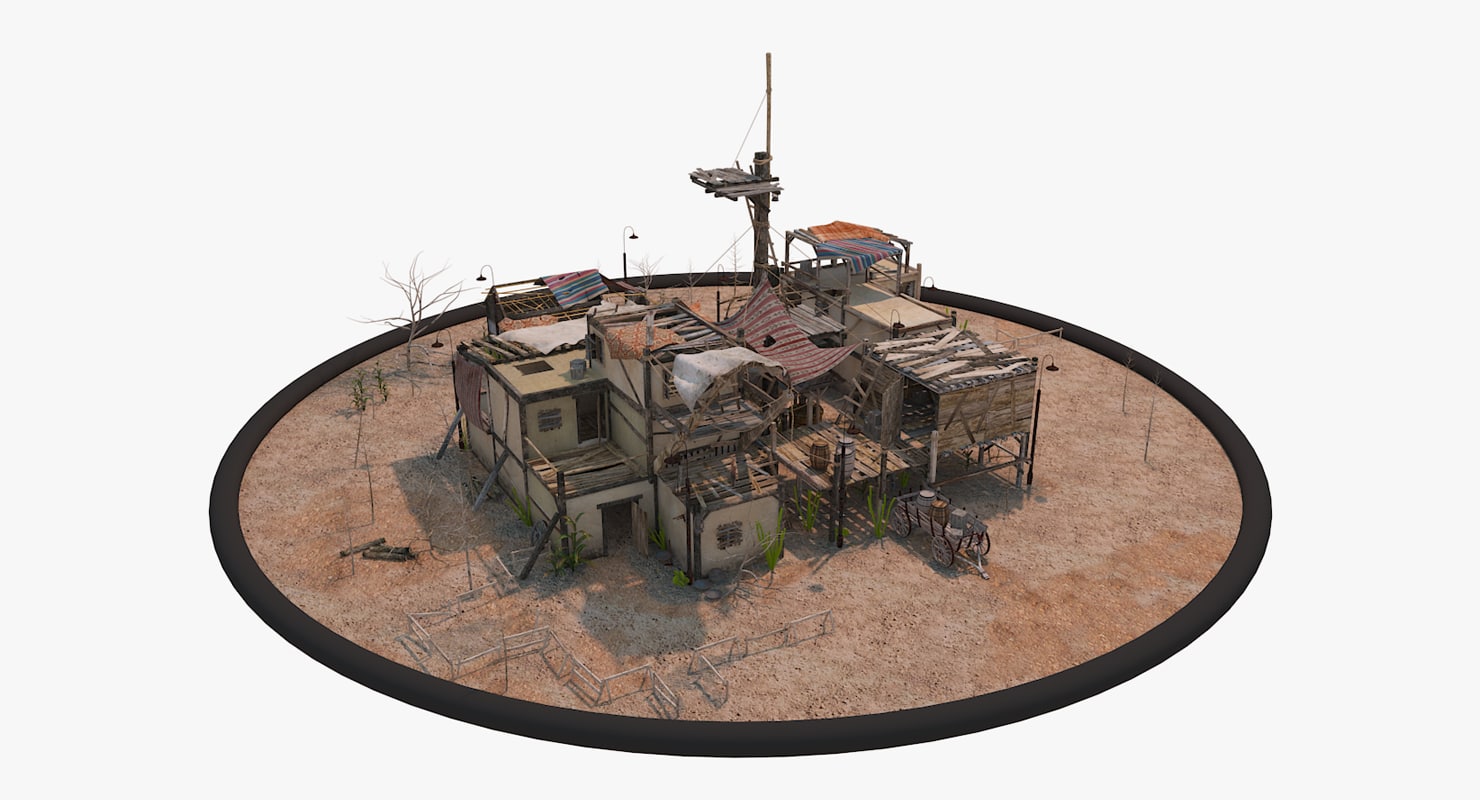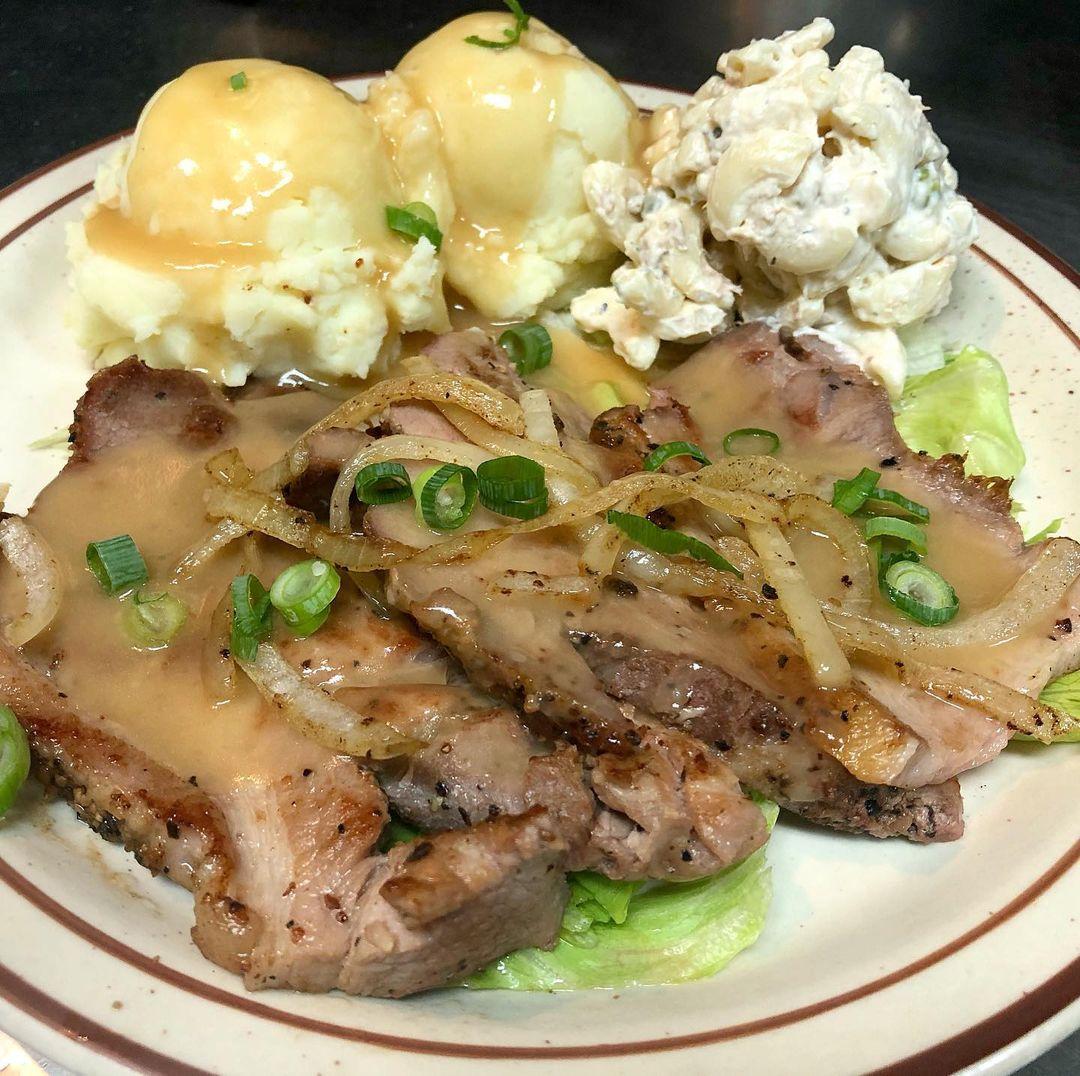Table Of Content

Ancestral Puebloans spanned Northern Arizona and New Mexico, Southern Colorado and Utah, and a part of Southeastern Nevada. They primarily lived north of the Patayan, Sinagua, Hohokam, Trincheras, Mogollon, and Casas Grandes cultures of the Southwest[1] and south of the Fremont culture of the Great Basin . The Plaza church was dedicated in December 1822, as La Iglesia de Nuestra Senora la Reina de Los Angeles. It is the only building at El Pueblo that is still used for its original purpose.
History of Adobe-Style Houses

While people living in Pueblo villages share a common form of architecture and communal life, as well as overlapping ancestries, they are also quite diverse—culturally, ethnically, and linguistically. Although interrelated, distinct customs and forms of social organization are found within the various Pueblo villages. Individuals’ participation in various social groups may reflect familial ties, ceremonial responsibilities, access to ritual knowledge, gender affiliations, and differences in migration histories and relationships to place. Throughout their lifetimes, Pueblo community members are affiliated with various social and ritual groups, frequently spanning across multiple villages. Also known as Pueblo-style homes, adobe-style houses are a type of home created by the Pueblo people.
Favorite Pueblo Activities
Representative, Massachusetts governor and third-party candidate for president. He led congressional efforts to impeach President Andrew Johnson in 1868 and co-authored the Civil Rights Act of 1875. In 1882, Butler purchased what would later be known as the Butler Ranch, 6916 Broadacre Road, in Pueblo County.
Colorado
What the passage of US defense policy bill means for Pueblo, Colorado - Pueblo Chieftain
What the passage of US defense policy bill means for Pueblo, Colorado.
Posted: Thu, 14 Dec 2023 08:00:00 GMT [source]
She spent her summers in Mesita, one of Laguna Pueblo's 6 villages, where she lived without running water and electricity. She immersed herself in the Pueblo way of life, irrigating cornfield with her grandpa and watching her grandma cook bread, beans, and chile. Ancestral Pueblos built their homes in complex systems that could only be accessed through swings or rock climbing. Their dwelling places included community spaces, multistoried and multi purposed structures for housing, religious ceremonies, and community meetings. Ancient Pueblo structures are thought to be archaeoastronomy focused, with the buildings built to align with the solar and lunar cycles. Pueblo architecture refers to the traditional architecture of the Pueblo people in what is now the Southwestern United States, especially New Mexico.

Ancestral Pueblo occupation within the larger region extends back even further. We know this through both Puebloan oral tradition and archaeological sites—better referred to as “footprints”—that dot the landscape throughout the region. Examples of such “footprints” include rock art sites and ancestral villages that are no longer actively occupied but embody traces of the ancestors who came before. The Garnier Building was built in 1890, by Philippe Garnier, a French settler who arrived in Los Angeles in 1859 at the age of eighteen.
The Old Plaza Firehouse
At LA Plaza, visitors can learn about the founding story of Los Angeles with interactive exhibits that focus on exploring Mexican and Mexican-American identity. “Voces Vivas” is a growing collection of video testimonials produced by LA Plaza staff, featuring Latino residents who tell their stories and struggles with cultural identity. On the top floor, “Calle Principal” reconstructs a typical main street in the 1920s. Visitors are invited to dress up in clothes from a department store, mix and crush herbs in a pharmacy and listen to a corrido, a traditional Mexican ballad. Ancient pueblo construction often involved shaping walls by laying down a band of wet adobe material and allowing it to dry thoroughly before adding another band on top of it, a time-consuming process. With the arrival of the Spanish in the late 16th century, the Pueblo peoples were introduced to the method of shaping adobe into uniform bricks with wooden forms.
Taos Pueblo is a remarkable example of a traditional type of architecture from the pre-Hispanic period of the Americas. It is unique to this region and has successfully retained most of its traditional forms to the present day. The Pueblo proper consists of two clusters of houses, each built from sun-dried mud brick, with walls ranging from 70 centimeters (28 inches) thick at the bottom to approximately 35 centimeters (14 inches) at the top. Each year, the walls are still refinished with a new coat of adobe plaster as part of a village ceremony.Taos is the best preserved of the pueblos north of the borders defined by the Treaty of Guadalupe Hidalgo (1848). A powerful reflection of the cultural interactions between American Indians and the Spanish, the pueblo provides remarkable insights into the heritage of the American Southwest. Spanish explorers of northern New Spain used the term pueblo to refer to permanent Indigenous towns they found in the region, mainly in New Mexico and parts of Arizona, in the former province of Nuevo México.
El Pueblo Historical Monument
An adobe house on a quiet ranch southeast of the city was owned by one of American history's most notable legislators. Carlile came to Colorado during the Pikes Peak Gold Rush of the late 1850s and early 1860s. He partnered with William Moore in 1866 to start a railroad contracting and building firm. By the time of his 1921 death, he'd contracted construction of more railroad than anyone in the Centennial State.
Many adobe homes look rustic on the inside, with wooden beams supporting the roof and a fireplace nestled on the main level. Read on to learn more about the history and key features of adobe-style houses. Contiguous rooms have many different uses, both public and private, and they are easily accessed via the ladders. Outer rooms, terraces, and other accessible rooms were used as common living spaces. Lower levels, interior rooms, and other more difficult-to-reach rooms were used for food storage and ceremonial purposes. In addition to the movable structures used by other Native Americans across North and South America, the Pueblo peoples created distinctive structures for living, worshiping, defense, storage, and daily life.
This setting offers residents stunning natural views and plenty of outdoor activities. The climate here has hot summers and cold winters, with moderate snow and rain throughout the year. The stone used to build the Beaumont house was said to be from Garden of the Gods in Colorado Springs. Beaumont lived in Colorado Springs, and worked on the Denver and Rio Grande Railroad before moving to Pueblo in the late 1870s. Across the street from the Rosemount Museum sits an eclectic, pink lava stone house that was sold to the Parkview Health System this May. West's 1883 and 1884 remodeling added a veranda, open screened porch, intricate wood trim and other detailing consistent with the Queen Anne style of architecture.
Boring's design followed closely a fashion then-current in his native Illinois, with the horses stabled inside the station, as was the custom in colder climates. A unique turntable in the floor made it unnecessary to back the horses in or out. In November 1928, a young woman named Christine Sterling went for a walk at the historical plaza.
Our Lady Queen of Angels Catholic Church—known by locals as La Placita Church—is the oldest church in the city and today serves as an active parish of the Roman Catholic Archdiocese of Los Angeles. The twenty two room building had two large stores fronting on Main Street, and for boarders, fourteen bedrooms and a bathroom on the second floor. Senora Sepúlveda’s private quarters in the rear were separated from the stores by a breezeway. In 1901 she gave the building to her favorite niece and goddaughter Eloisa Martinez de Gibbs who had married Edward Gibbs, a City councilman.
Many of the same building techniques were later adapted by the Hispanos of New Mexico into the Territorial Style. Pueblo and Hispano architecture was also the basis for the Pueblo Revival architecture and Territorial Revival architecture, 20th-century Southwestern regional styles that remain popular. It started as a trading post in the 1840s and grew when steel mills were built. Native American tribes, Spanish explorers, and immigrants from Europe and Hispanic countries have all called this area home, adding layers to its cultural tapestry. Many people use the terms Adobe-style and Pueblo-style homes interchangeably, but Jojola says Pueblo-style homes were adapted by colonizers who added other structural elements to the original indigenous design. According to Larach, adobe-style houses have flat roofs with rounded edges and an extension of the roof that serves as a barrier to collect rainwater, a precious resource in hot and dry climates.

No comments:
Post a Comment